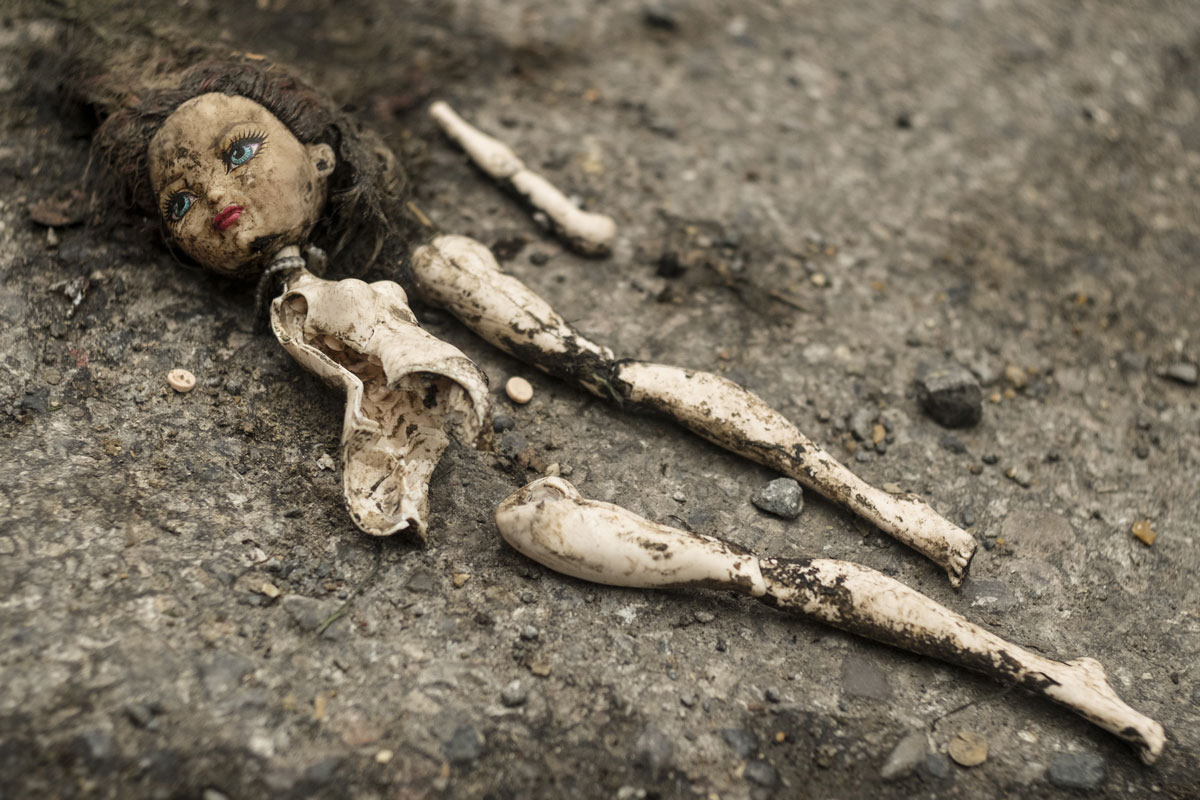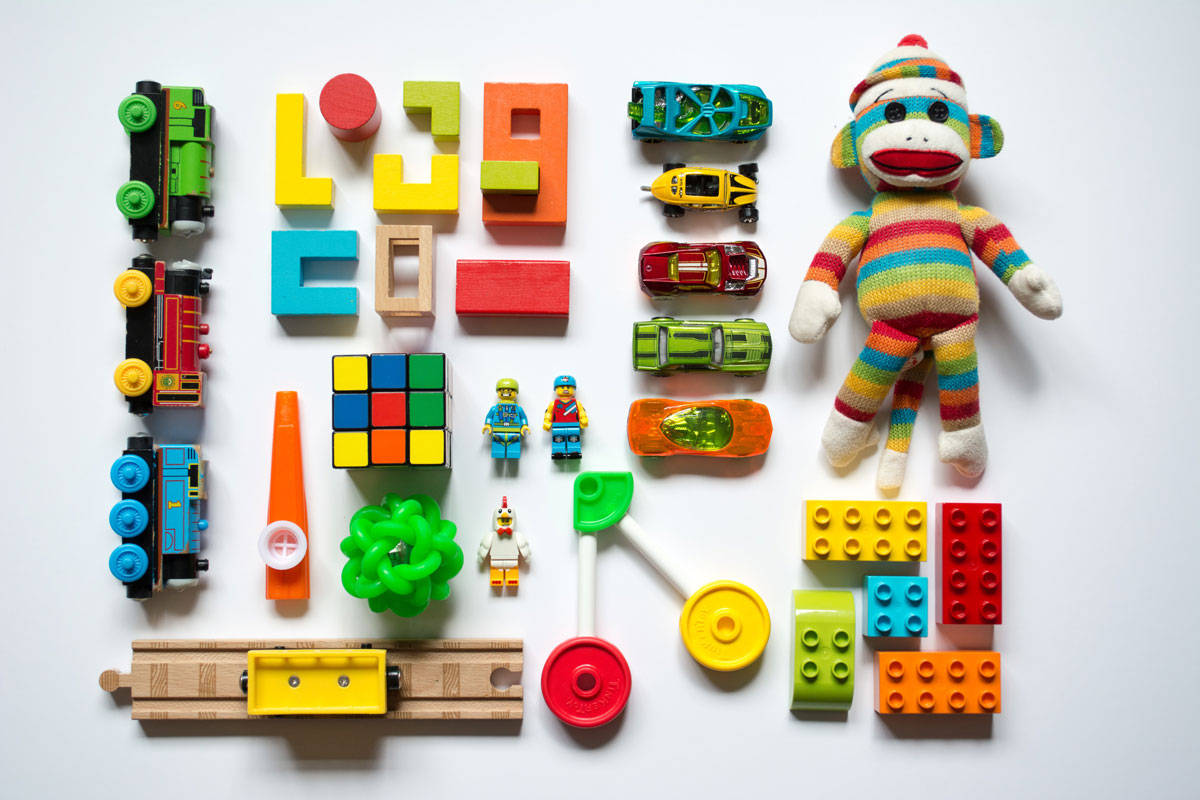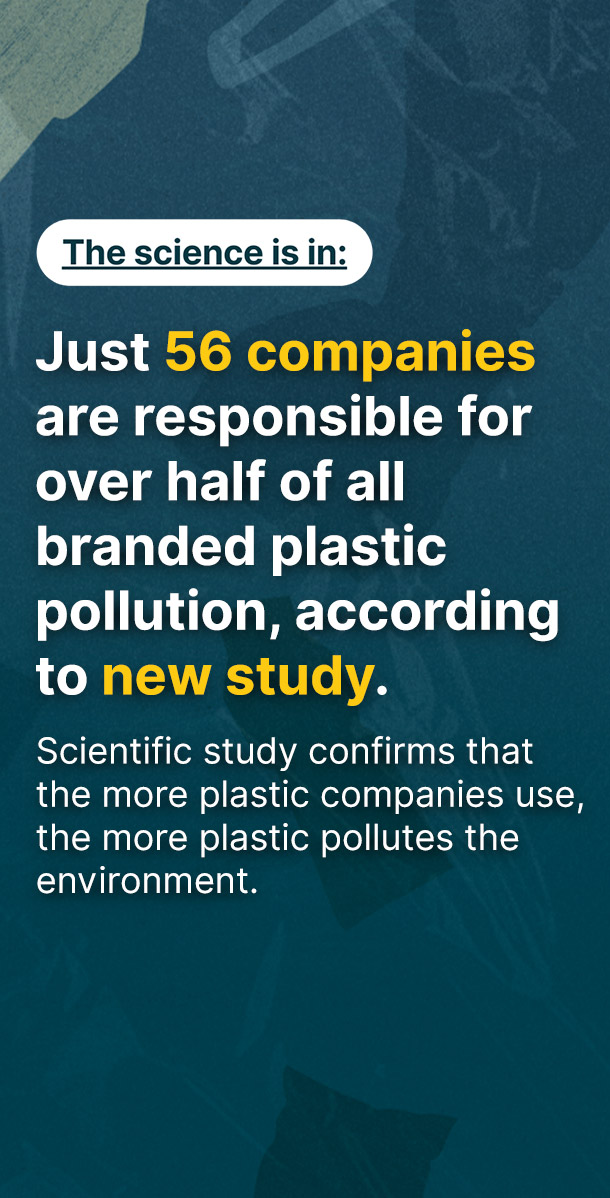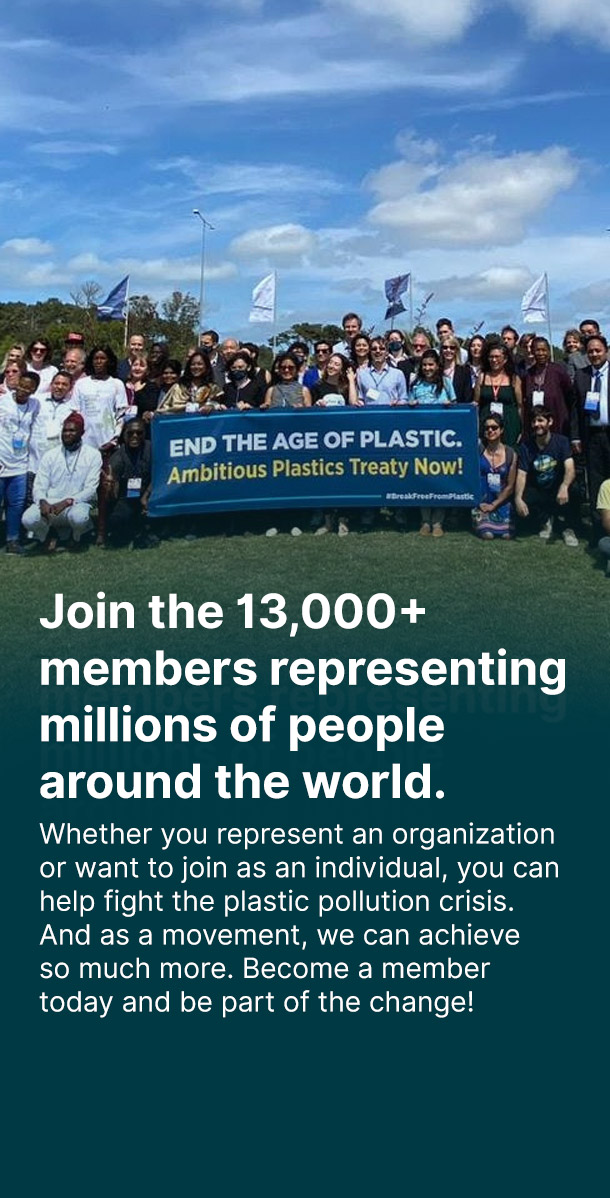Photo by Vanessa Bucceri on Unsplash
The images of plastic pollution in the oceans have shocked the world, but the impacts of plastic production and consumption go far beyond, especially when considering the vulnerability of children. This was the issue approached by the webinar entitled “Plasticized Childhood”, organized by #BreakFreeFromPlastic and the Child and Consumerism Program from Alana Institute. The event was moderated by Julia Cohen, Plastic Pollution Coalition managing director last July 3, 2020.
Karolína Brabcová, expert on Plastics and Toxic chemicals from Czech non-governmental organization Arnika, emphasizes that children are more vulnerable to plastic toxicity as its impacts in this period of life are less reversible than for adults. It affects children even before birth. Studies have shown the effect of toxic additives in plastics in the brain development and hormone production of the fetus.
Children enter the colossal world of plastic when they receive heir first toys. The recent report launched during the webinar by JP Amaral, from the Child and Consumerism Program from Alana Institute, and Dr. Vânia Zuin, from the Federal University of São Carlos, brings the impacts of advertising plastic toys to children on their health and in the environment. The study shows that 90% of all toys worldwide are made of plastic materials and are mostly made from Polyvinyl Chloride mixed with phthalates, a toxic substance which can cause cancer and hormonal problems in children. Bisphenols, also present in some toys, are among the toxic substances for children and have been banned from other products, such as baby bottles.
When it comes to the environmental externalities of plastic toys, the study estimated that, in Brazil alone, 1.38 million tons of plastic toys will be manufactured between 2018 and 2030, the equivalent of 198 thousand garbage trucks lined up from Miami to New York, apart from 582 thousand tons of toy packaging. The low recyclability of these toys can make one reflect that possibly all toys ever made are still out there.
“The low recyclability of these toys can make one reflect that possibly all toys ever made are still out there.”

Photo by Viktor Forgacs on Unsplash
Carroll Muffett, president and CEO at CIEL, brought the perspective of plastic before it reaches the consumer. The process of plastic production exposes local low-income communities to over 170 toxic chemicals, and children are, once again, the most affected by these. He also emphasized the effects on climate change, in which, adding the production and waste incineration of plastics, will emit by 2050 the equivalent of 615 coal plants.
As we see a growing movement of children and youth fighting for climate justice, it is essential to give them a voice, as well as to tackle plastics and keep fossil fuels in the ground. The webinar exposed the vicious consumerist cycle of “production-publicity-desire-consumption-disposal” of plastics and its effects on children. The solutions also have to consider children in the center of our attention, either on their present health or on the future of their environment.
Read the full report at https://bit.ly/bffp_plasticized




